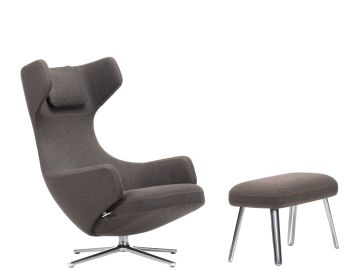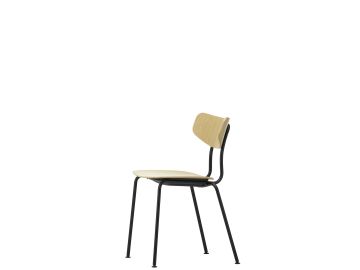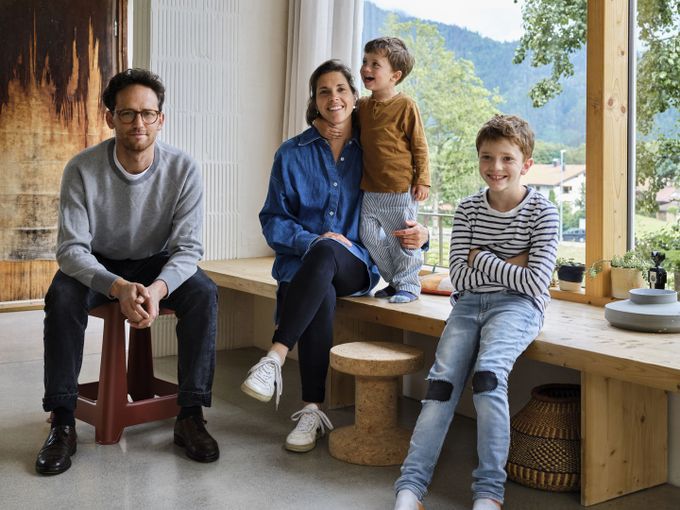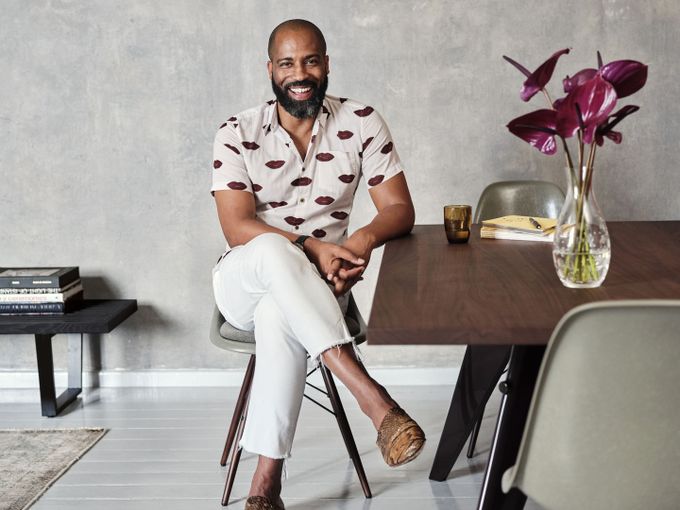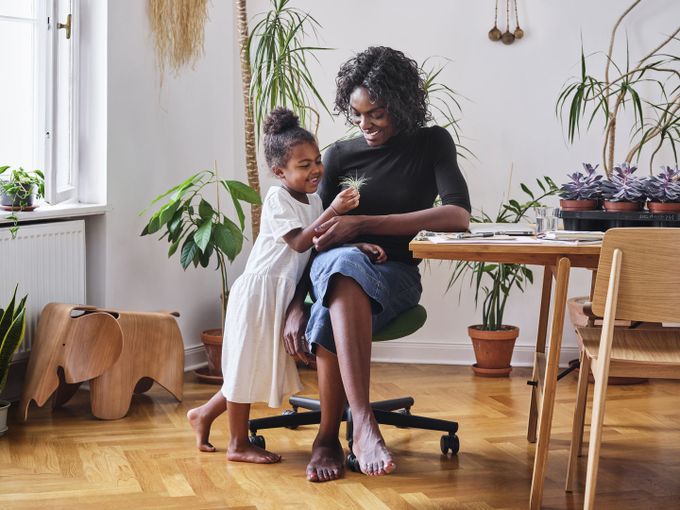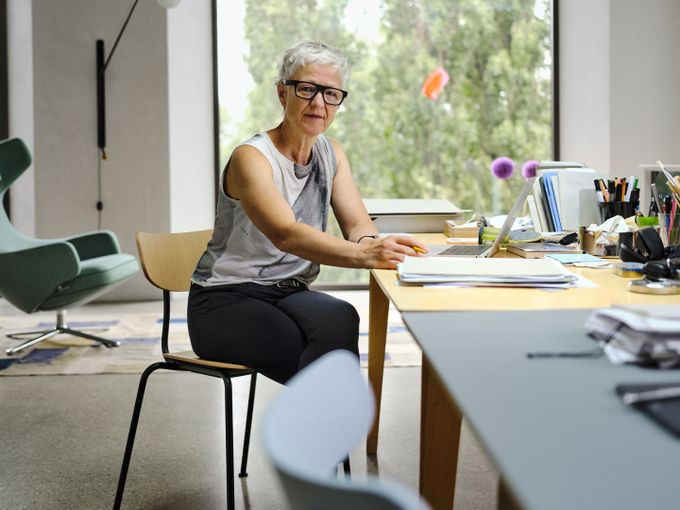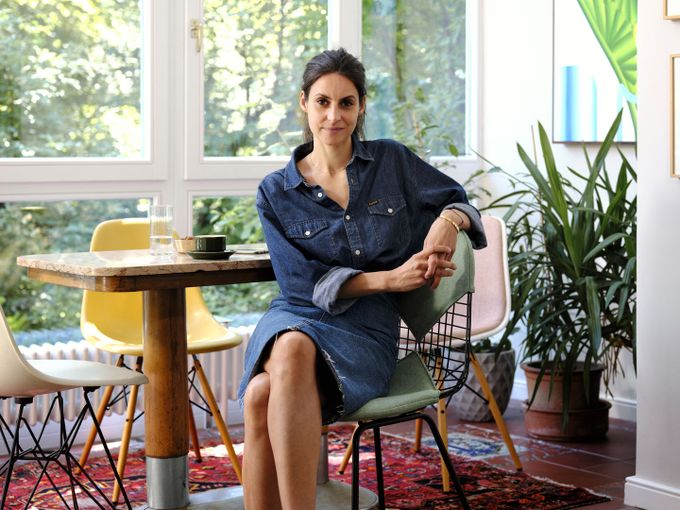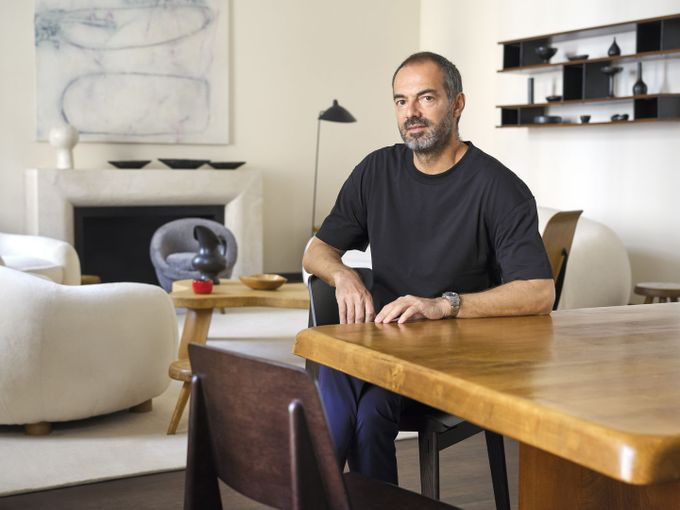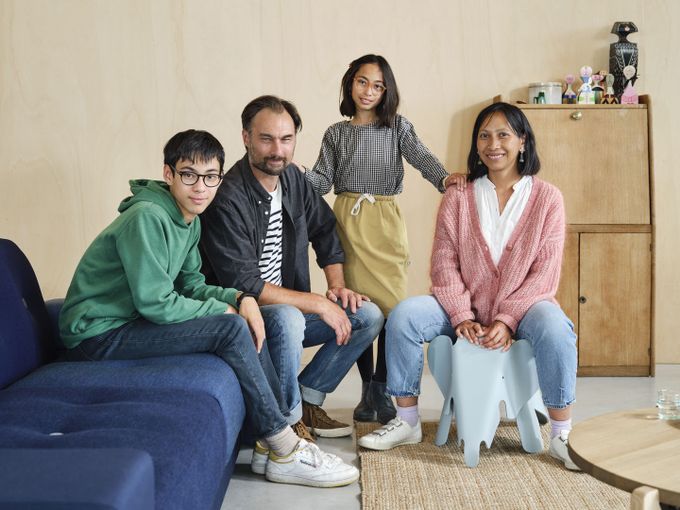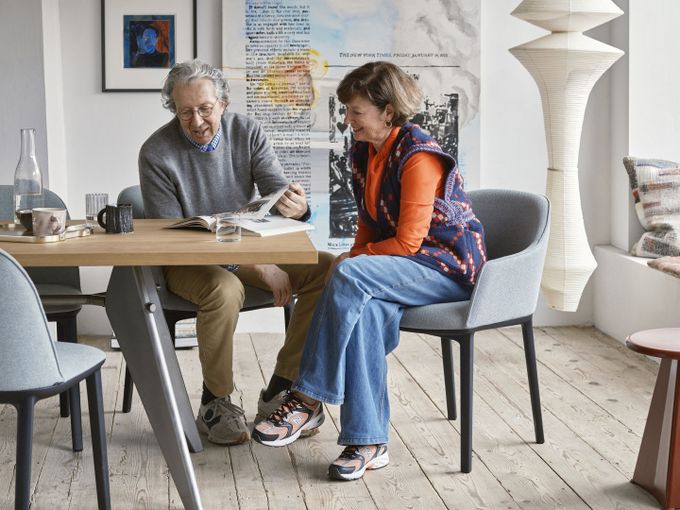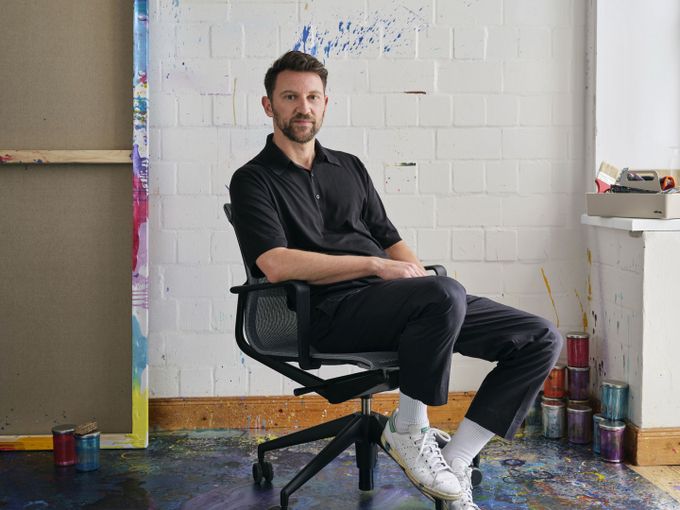ProductsChairsLounge chairsSofasOffice chairsChaises longuesStools & benchesSculpturesConference chairsAirport seatingStorage spaceMicro architectureDining tablesCafé tablesCoffee & side tablesDesksOffice furniture systemsConference systemsLightingClocksDecorative objectsCoat racks & wall shelvesTrays & vesselsNewBestsellerColour & materialAlexander Girard Antonio CitterioBarber OsgerbyCharles & Ray Eames George NelsonHella JongeriusIsamu NoguchiLounge chair finderOffice chair finderGift finderCare & repairSpare partsCare productsManufacturer warrantyVitra Circle StoresComplimentary upgrade for your Eames Lounge ChairHang it allInspirationsLiving roomDining roomHome OfficeChildren's roomOutdoorHome StoriesAugmented RealityColours & materialsHome SelectionWorkspaceFocusMeetingWorkshopClub OfficeCitizen OfficeStudio OfficeDynamic SpacesHospitalityAirportsEducationCo-WorkingHealthcareOur ClientsDestination WorkplaceA case for classicsOffice chairsDancing OfficeHome StoriesThe Home Selection fabrics from Kvadrat and DedarAugmented Reality - bring Vitra products into your homeSchool of Design: Showcase work and knowledgeA case for classicsColour & materialAn open house An office landscape - without walls or partitionsHigh comfort of low energyA leading space for a leading art collegeServicesCare & repairCare productsManufacturer warrantyFAQ and contactInstructionsConsulting & Planning StudioVitra Circle StoresConsulting & planning in the VitraHausInstructionsOutdoor care instructionsRepair, maintenance, overhaul at the Vitra Circle Store Campus ProfessionalsCAD dataProduct factsheetsCertificatesSustainability reportInstructionsEcology informationpConPlanning examplesColour & Material LibraryCertificates and standardsHome SelectionTo the dealer loginOur ClientsMyntDestination Workplace: Visit our clients and partnersAnagram SofaMikadoTyde 2 on castorsACXDancing OfficeOffice chairsMagazineStoriesConversationsExhibitionsDesignerProject VitraCatwalk: The Art of the Fashion ShowA Capsule in TimeSeeing the forest for the treesRefining a classicMynt is a lifetime achievement to meA desk like a typefaceV-FoamSculptural IconsGames bring people together – just like good officesLet there be light!Social SeatingJust Do It!EVER GREENWhy the Eames La Fonda Chair was designedWhen a Sofa is more than just a Sofa: Anagram100% virgin wool – 100% recyclableAn archive is like a time capsuleVitraHaus Loft - A conversation with Sabine MarcelisA 1000 m2 piece of furnitureFrom a toy to an objectThe Eames Collection at the Vitra Design MuseumAbout the partnership between Eames and VitraVitra CampusExhibitionsGuided tours & workshopsFood and drinkShoppingActivities for familiesArchitectureYour eventConsulting & planning in the VitraHausPlan your visitVitra Campus appCampus EventsNewsDoshi RetreatVitraHausVitra Design MuseumVitra SchaudepotVitra Circle Store CampusOudolf GartenAbout VitraSustainabilityJobs & CareersDesign processThe Original is by VitraHistory - Project Vitra
Barbara Happe and Martin Fischer have injected new life into a house designed by Walter Gropius
Martin Fischer is a professor of zoology, Barbara Happe is a cultural scientist. They have been married since 1987 and live and work in Jena.
“Walter Gropius only built six detached family houses in Germany. We are immensely grateful that we own one of them. When we bought it in 1994, it was a complete ruin and the garden was a wilderness. We had to invest a lot in order to restore it to its original condition. We took the time to research its history thoroughly, trawled through books and archives. Which colours were used? How was it furnished? We always took the view that the house as a whole was a work of art that needed rediscovering. That’s what we’ve been doing for 27 years.”
“Walter Gropius only built six detached family houses in Germany. We are immensely grateful that we own one of them. When we bought it in 1994, it was a complete ruin and the garden was a wilderness. We had to invest a lot in order to restore it to its original condition. We took the time to research its history thoroughly, trawled through books and archives. Which colours were used? How was it furnished? We always took the view that the house as a whole was a work of art that needed rediscovering. That’s what we’ve been doing for 27 years.”
“It’s a great feeling to live in a listed building and even better to know that it will still be standing for generations to come.”
Barbara Happe
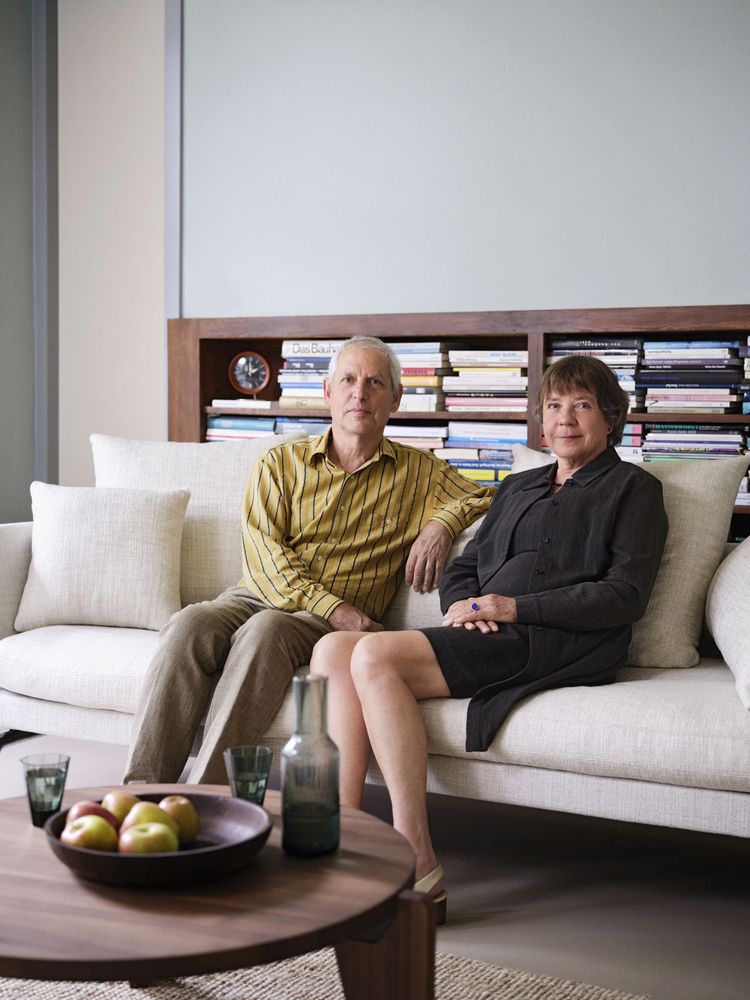

“Gropius regarded Bauhaus as more than just a style – and more of a way of thinking. He saw the inherent beauty in all of these things. He believed that the foundations of design lay in clarity and harmonious lines while forgoing extraneous objects such as houseplants. There are no curtains in our house. You can see the inside through the windows.
There is a bed with two stools on the right and left of it in our bedroom and no other furniture. The austerity of the furnishings is not to everyone’s taste, but we see this as being very elegant. There is beauty in practicality. The dialogue between the function and design of everyday objects – and this includes furniture in particular – that’s what it’s all about. The design has to be timeless, the function has to be high quality – it is only then that furniture can grow old gracefully.”
There is a bed with two stools on the right and left of it in our bedroom and no other furniture. The austerity of the furnishings is not to everyone’s taste, but we see this as being very elegant. There is beauty in practicality. The dialogue between the function and design of everyday objects – and this includes furniture in particular – that’s what it’s all about. The design has to be timeless, the function has to be high quality – it is only then that furniture can grow old gracefully.”

“It’s a great feeling to live in a listed building and even better to know that it will still be standing for generations to come. It doesn’t feel like a museum to us and we hope that this house never becomes a museum. It was built for people to live in.”
